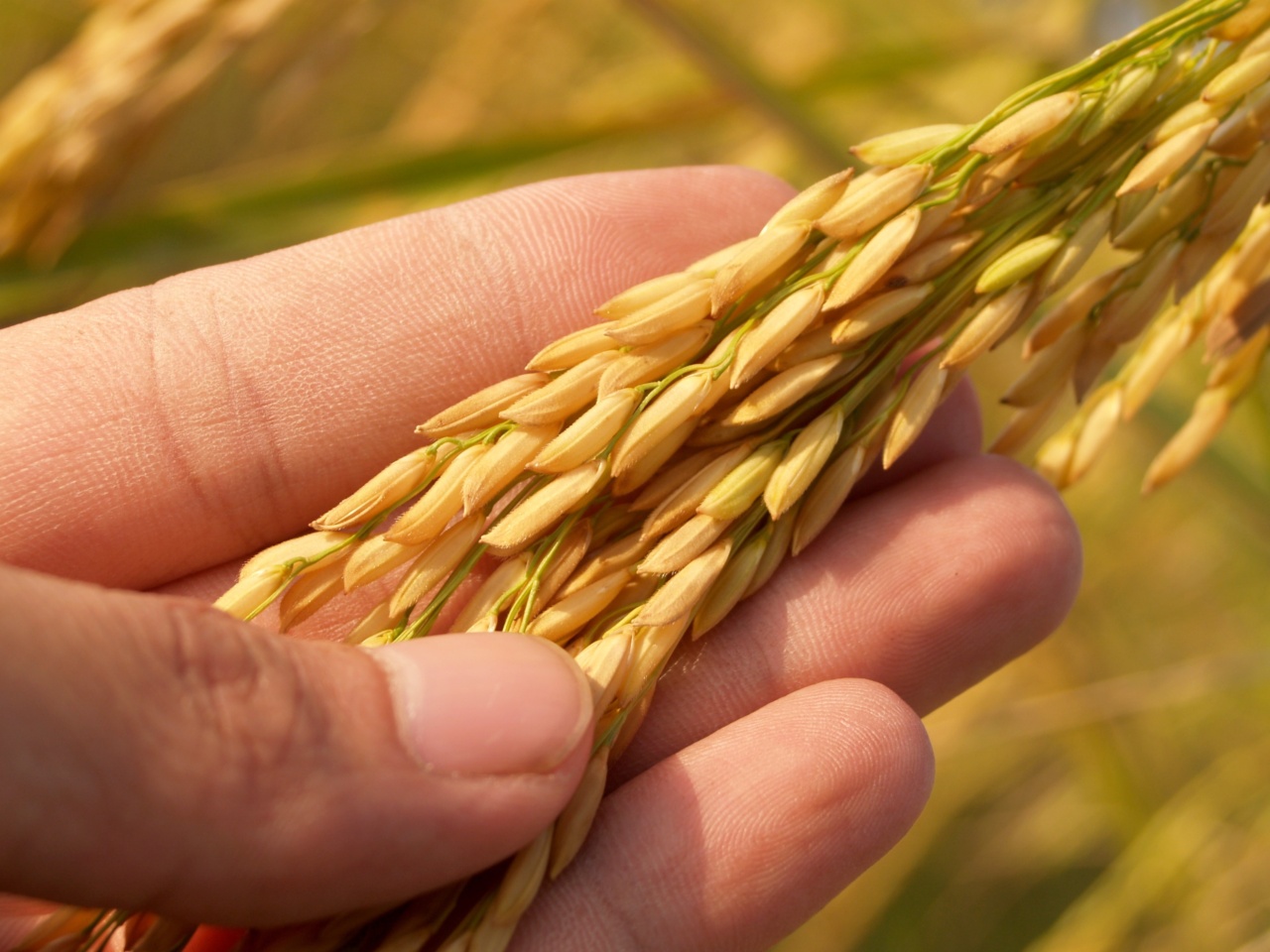Barley is a widely popular crop grown in many parts of the world, including Mati. It is used in the production of various food products such as beer, bread, cereals, and animal feed.
Despite its numerous uses, there have been speculations that barley may cause skin irritation, particularly in individuals who are allergic to gluten. This article will investigate whether or not barley in Mati is causing skin irritation.
The Relationship between Barley and Skin Irritation
Barley contains gluten, a protein found in wheat, barley, and rye. Gluten is known to trigger allergic reactions in individuals who are intolerant to it.
Ingestion of gluten-containing foods may result in gastrointestinal symptoms such as bloating, gas, abdominal pain, and diarrhea. However, in some cases, gluten may also trigger skin reactions. These symptoms may include eczema, hives, psoriasis, and other skin conditions.
Studies have shown that individuals with celiac disease, an autoimmune disorder characterized by intolerance to gluten, are more likely to experience skin irritation.
Dermatitis herpetiformis (DH) is a skin manifestation of celiac disease that causes itchy, blistering areas on the skin. DH is believed to result from immunological reactions triggered by gluten ingestion. Thus, individuals with celiac disease are advised to avoid gluten-containing foods such as barley.
Skin Irritation from Barley in Mati
Despite the link between gluten and skin irritation, there is limited scientific evidence to support the claim that barley in Mati is causing skin irritation.
According to the Food and Drug Administration (FDA), the barley grown in the United States is considered safe for consumption and does not pose a risk of causing skin irritation. The same may be true for barley grown in Mati.
However, it is essential to note that individuals who are sensitive to gluten may experience skin irritation when exposed to barley. Such individuals may have celiac disease, non-celiac gluten sensitivity (NCGS), or wheat allergy.
In such cases, the immune system may recognize the gluten protein in barley as foreign and initiate an inflammatory response, resulting in skin irritation.
How to Prevent Skin Irritation from Barley
Individuals who are allergic to gluten or are experiencing skin irritation after consuming barley should take necessary precautions. One of the essential steps to take is to avoid gluten-containing foods such as barley.
Instead, opt for gluten-free alternatives such as millet, quinoa, potatoes, and rice.
It is also essential to read food labels and check for any gluten ingredients before consuming any food product. Manufacturers are required to list all ingredients used in food products.
Most gluten-containing foods also have a warning label indicating that the food contains gluten.
Additionally, individuals who experience skin irritation as a result of consuming barley should seek medical help. A dermatologist may recommend corticosteroid creams and lotions to alleviate skin irritation.
In more severe cases, the doctor may prescribe oral medications such as antihistamines or immunosuppressants to reduce inflammation.
Conclusion
In conclusion, barley containing gluten is known to trigger skin irritation in individuals who are intolerant to gluten. However, there is no evidence to suggest that barley grown in Mati is causing skin irritation.
The barley grown in the United States is considered safe for consumption and does not pose a risk of causing skin irritation. Nevertheless, individuals who are sensitive to gluten should take necessary precautions such as avoiding gluten-containing foods and seeking medical help if they experience skin irritation.






























